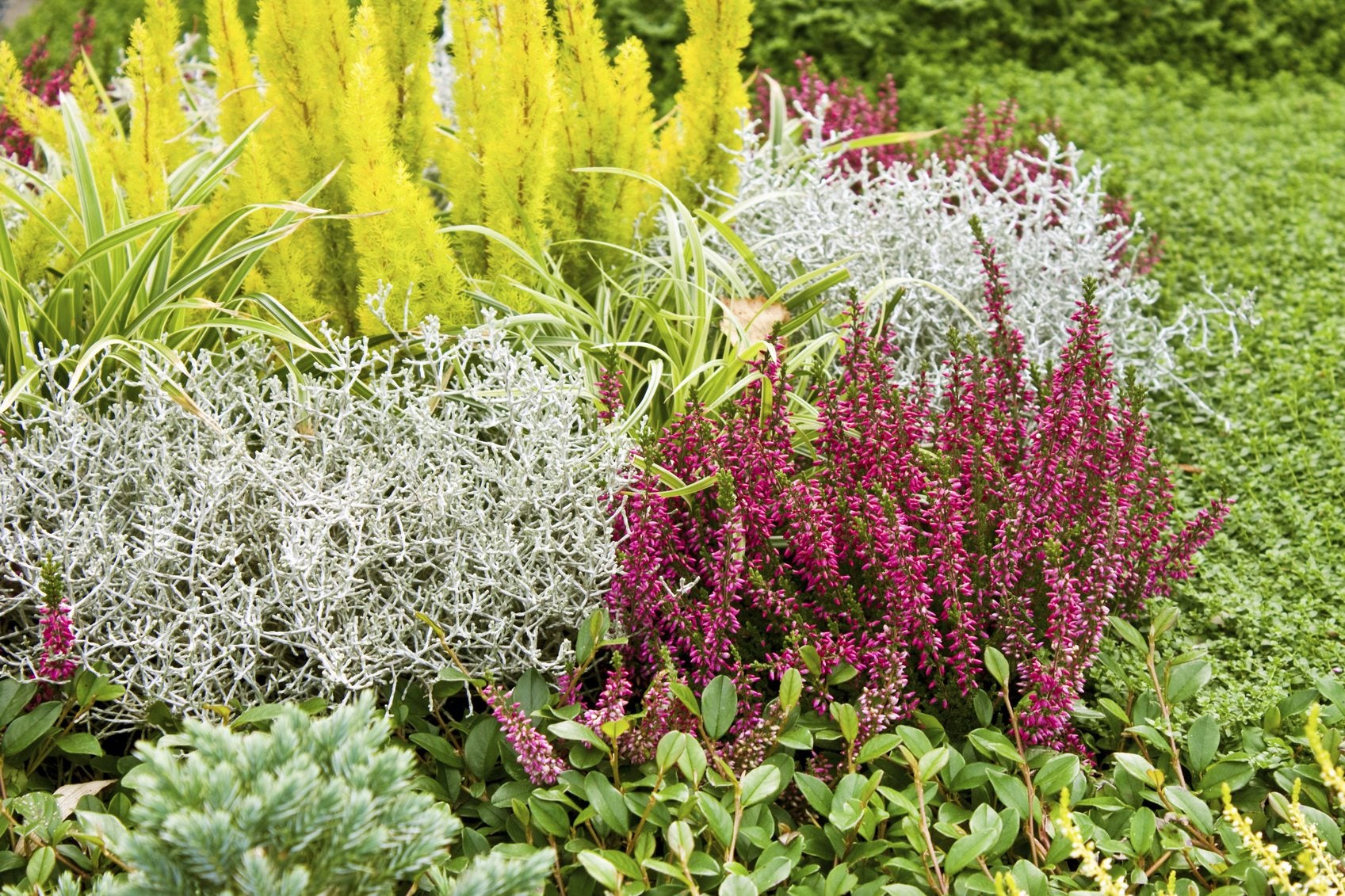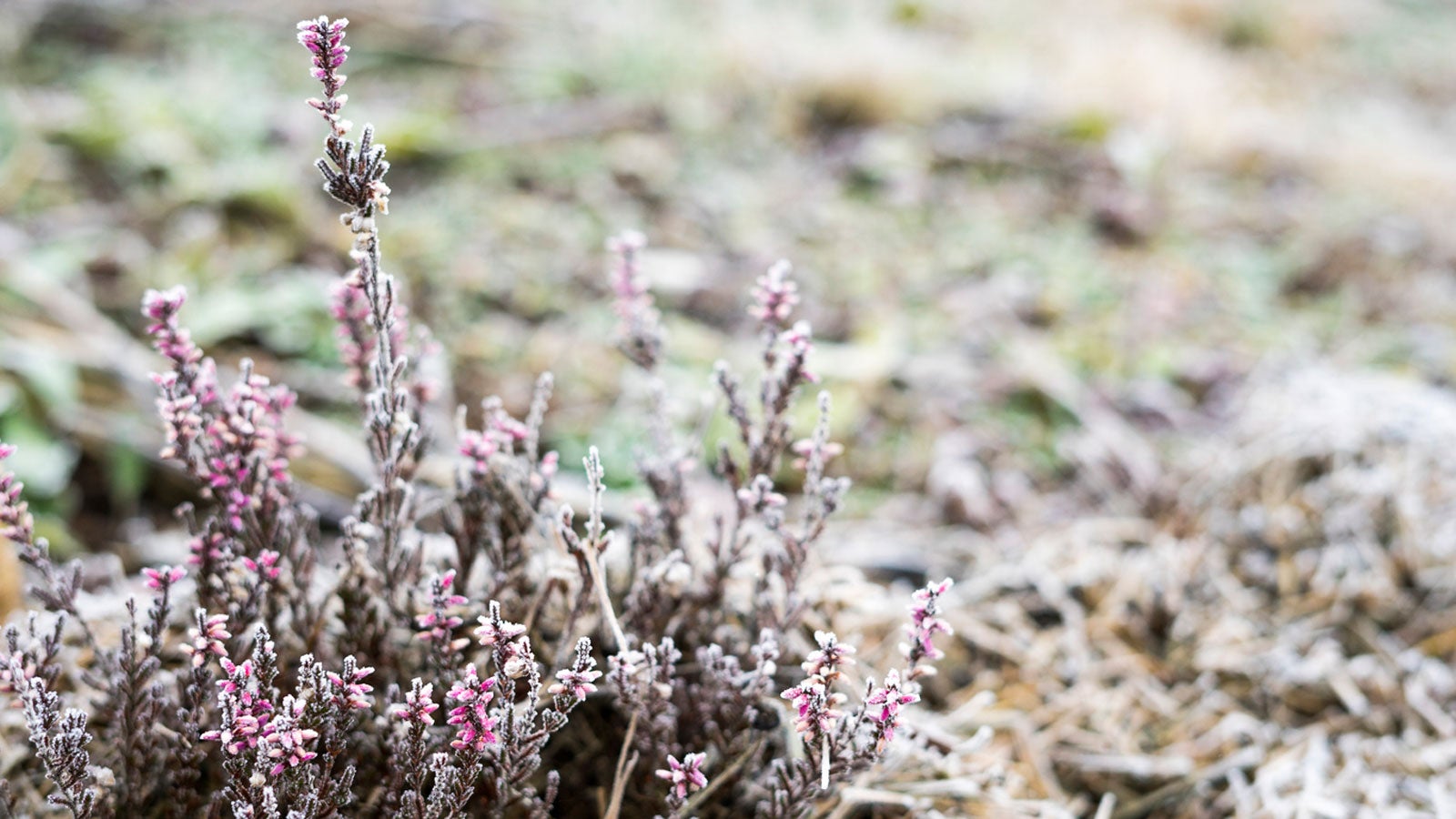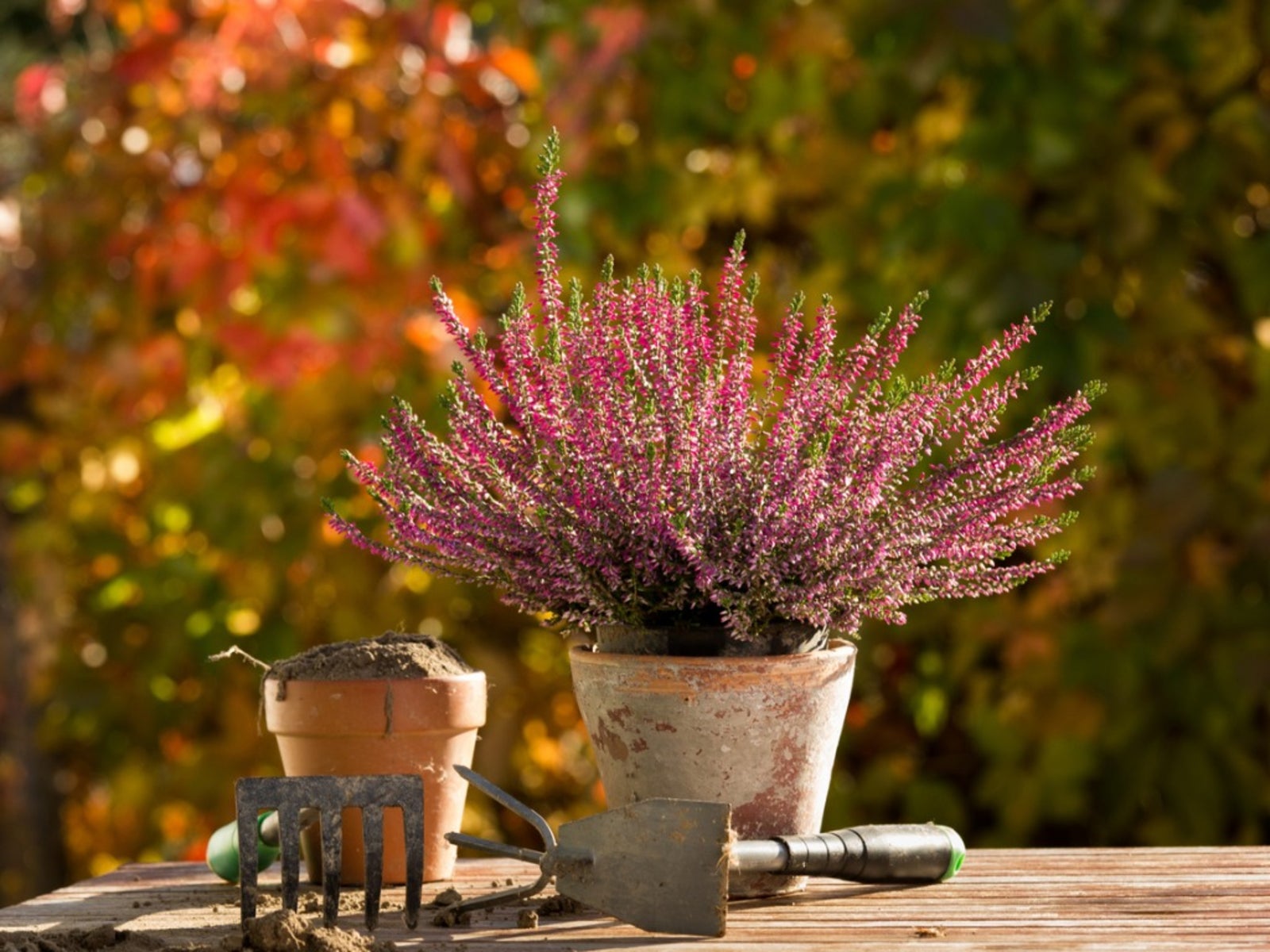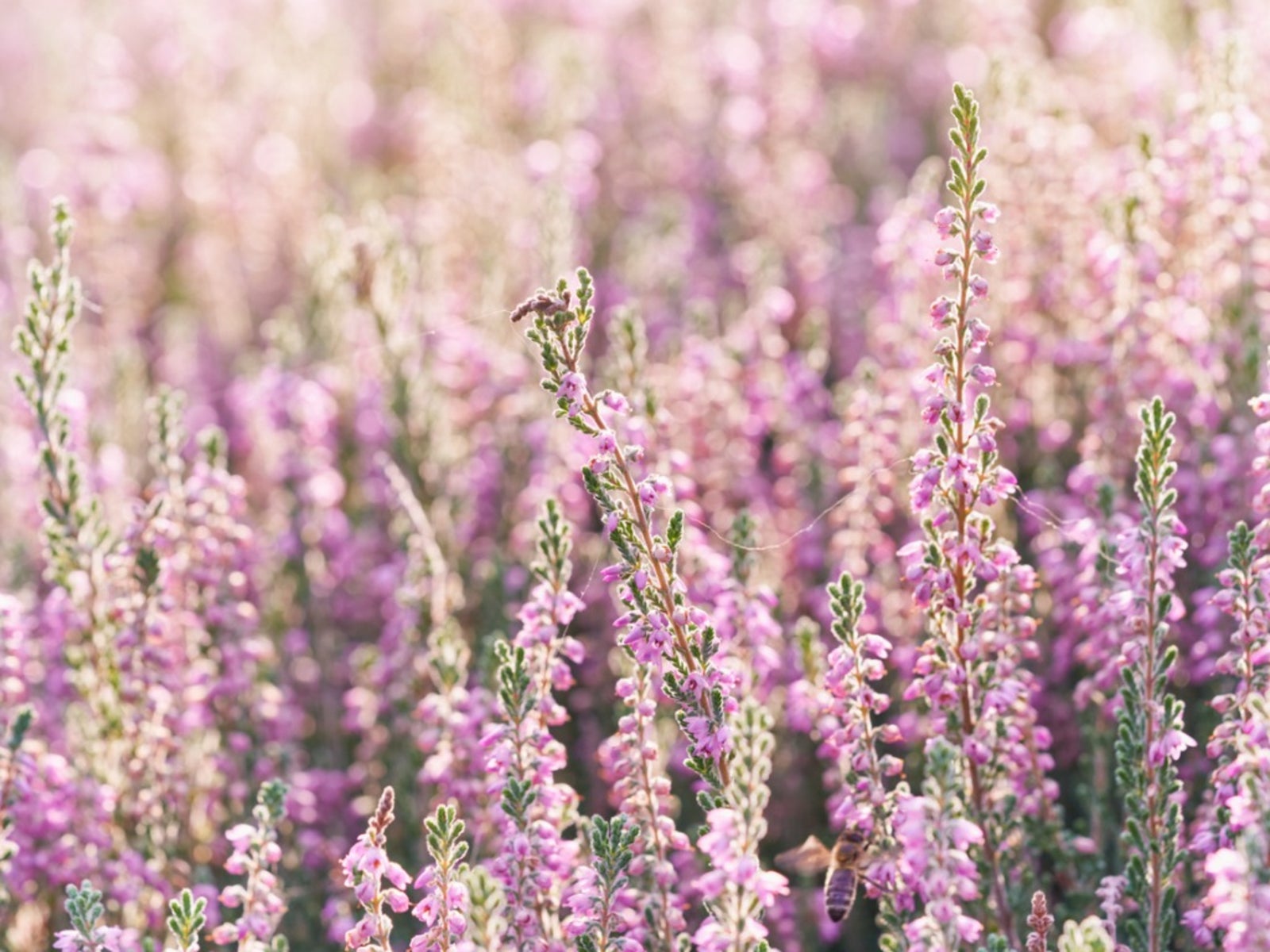Plants That Grow With Heather – Tips On Companion Planting With Heather


The key to good companion planting is to ensure that each plant in the area shares the same soil, lighting, and moisture needs. Heather companion plants should like the cool, moist conditions and acidic soils that these outstanding flowering evergreens prefer.
Another consideration for what to plant next to heather is formed. Heathers may be erect or prostrate, making them either excellent focal plants or groundcovers. Select plants that grow with heather by their sizes and position them correctly in the planting space for an impactful display that allows each specimen light and air.
Companion Planting with Heather
Heather is the overall term for either heathers or heaths. Both plants have similar growing needs and are evergreen with elegant, colorful blooms. When planted en masse, heathers and heaths make a swath of tones and foliage with easy appeal and graceful texture.
Adding some dimension to such plantings further enhances the garden area and increases interest year-round. There are several common heather companion plants due to their preference for the same growing conditions but also some surprises that will give the heather garden a whole new appearance.
What to Plant Next to Heather
Classic companion planting with heather often includes rhododendrons and azaleas. These plants crave the same acidic soil and consistent moisture on which heathers thrive. You can even fertilize heathers and heath with the rhododendron foods on the market with excellent results.
Camellia, gardenia, and hibiscus are other flowering shrubs that combine well with heathers. Heathers have airy, delicate foliage that may develop rust, gold, or other tones as the season progresses. If you want a continuous foliage display, there are several other outstanding acid-loving plants from which to choose:
Food plants are fun to mix into the ornamental landscaping and provide garden grazing as you weed. Blueberries are classic, acid-loving plants that have the same moisture and lighting needs as heathers. Don't forget to feed the birds! Berries from mountain ash, holly, and serviceberry are to birds as catnip is to cats and provide homes as well as food for other wildlife. Smaller flowering plants also complement heather and bloom at different times, thereby extending the bloom show. Suggestions might include:
Gardening tips, videos, info and more delivered right to your inbox!
Sign up for the Gardening Know How newsletter today and receive a free copy of our e-book "How to Grow Delicious Tomatoes".
Each has lovely flowers but also interesting foliage, often with seasonal color changes. In containers, keep it simple by accenting heathers with pansies, cyclamen, or even a variegated ivy. A classic planting scheme is a mixture of heathers and conifers. There are many that perform well in the same situation and make excellent plants that grow with heather-- firs, hemlocks, spruce, and dwarf pines are good examples.
When using the taller specimens, plant heather on the sunniest side so its flower production won't be affected. Smaller conifers can run rampant through a heather garden and accent with their proud needles and pregnant cones. Acid-loving heathers make perfect companions for a host of plants. It is simply a matter of taste and your vision as to which you prefer. Take some risks and try something new. You'll love the look and ease of any of these plants and they can transform your heather garden into something altogether more sophisticated and edgy.

Bonnie Grant is a professional landscaper with a Certification in Urban Gardening. She has been gardening and writing for 15 years. A former professional chef, she has a passion for edible landscaping.
-
 Terrifically Tubular Flowers For Hummingbirds: 9 Tube-Flowered Plants To Attract Hummers
Terrifically Tubular Flowers For Hummingbirds: 9 Tube-Flowered Plants To Attract HummersGrowing tubular flowers for hummingbirds helps you create the optimum feeding conditions for your winged friends. Here are nine tubed delights for hummers
By Tonya Barnett
-
 How To Grow Hydroponic Tomatoes For Fresh Indoor Harvests – No Soil Required
How To Grow Hydroponic Tomatoes For Fresh Indoor Harvests – No Soil RequiredLearning how to grow tomatoes in water is easy and allows you to harvest fresh-home-grown produce in every season without any mess.
By Ellen Wells
-
 Heather Is Blooming In The Winter: Flowering Triggers For Winter Heather
Heather Is Blooming In The Winter: Flowering Triggers For Winter HeatherAre you wondering why your heather is blooming in the winter? This low growing, flowering evergreen shrub may be blooming in winter due to its variety or flowering triggers. To learn more about winter heather blooms and varieties, click the following article.
By Mary H. Dyer
-
 Propagating Heather Plants: How Do I Propagate Heather Plants
Propagating Heather Plants: How Do I Propagate Heather PlantsHeather is a popular perennial shrub in northern gardens. Heather plant propagating is relatively simple, if quite slow. This article explains more about propagating heather plants.
By Anne Baley
-
 Growing Heather: How To Care For Heather
Growing Heather: How To Care For HeatherBrilliant blooms of the heather flower attract gardeners to this low-growing evergreen shrub. Various performance results from growing heather, and the following article provides more information.
By Becca Badgett